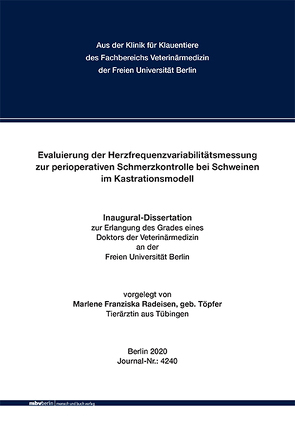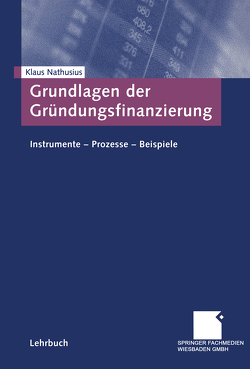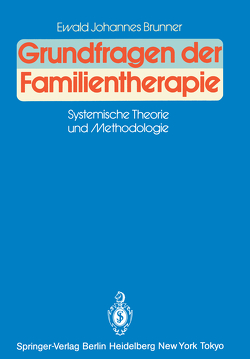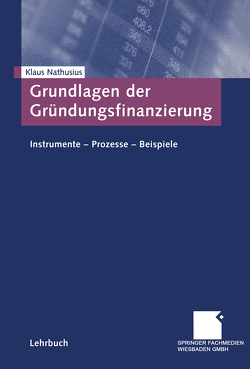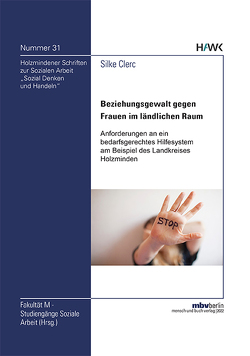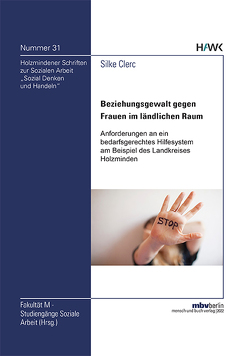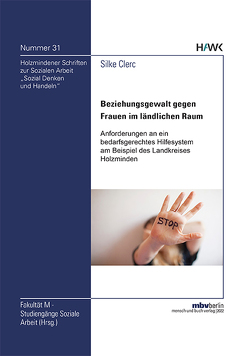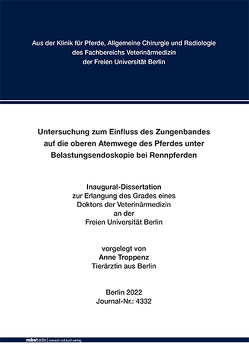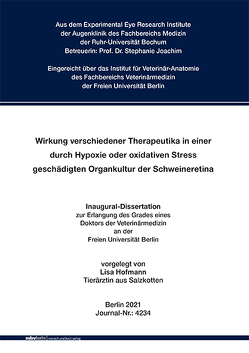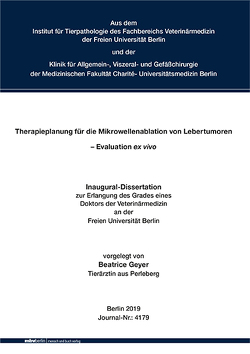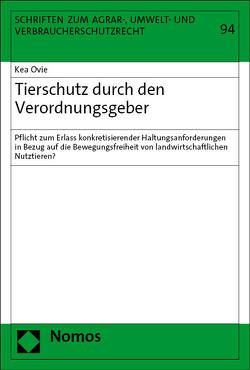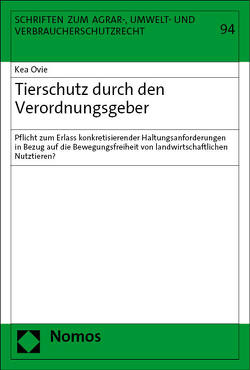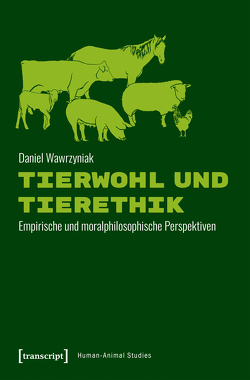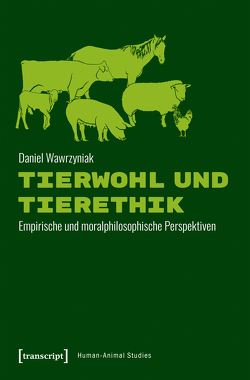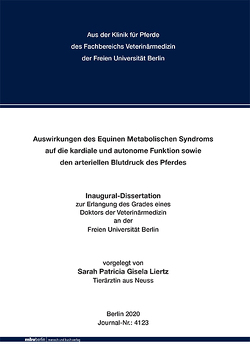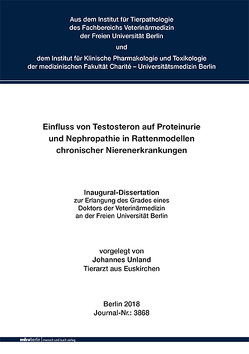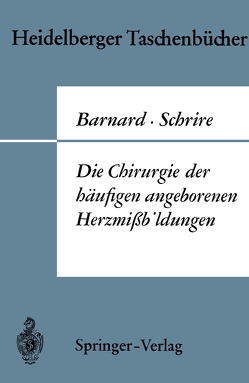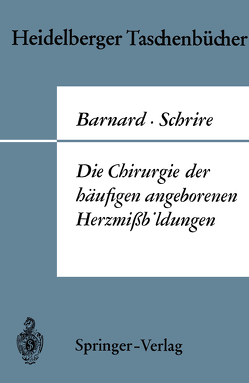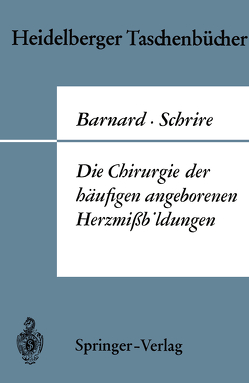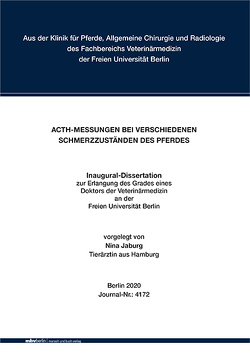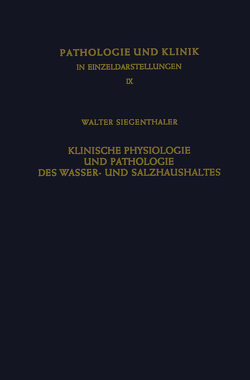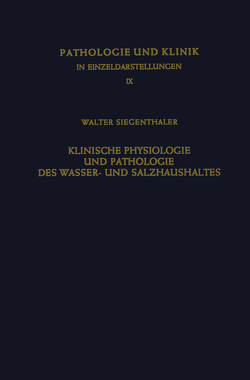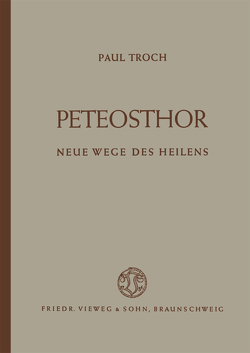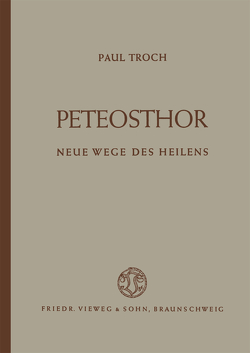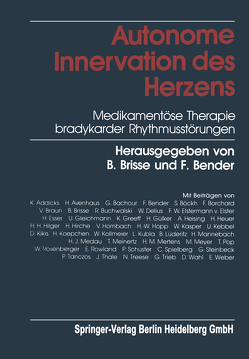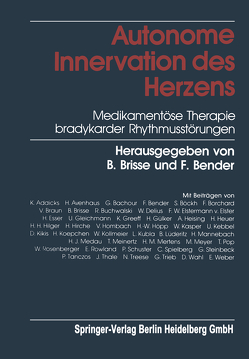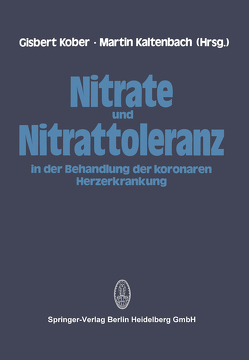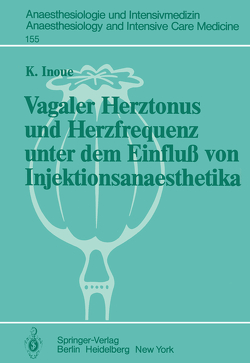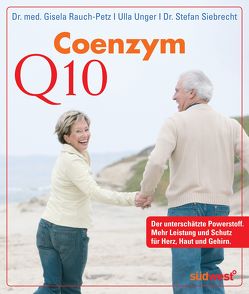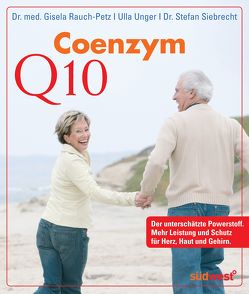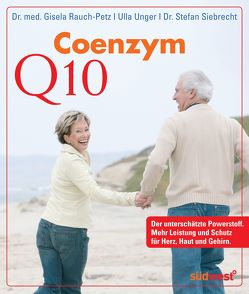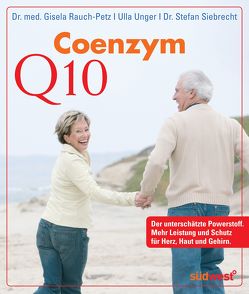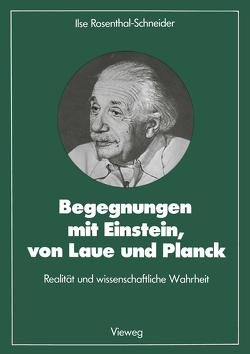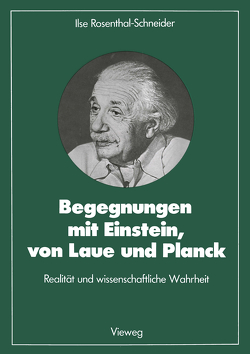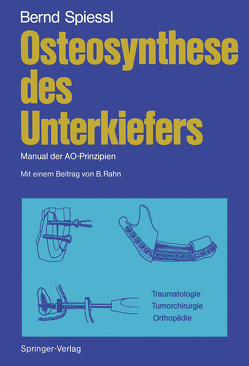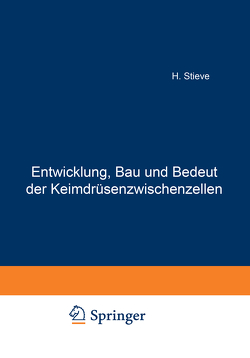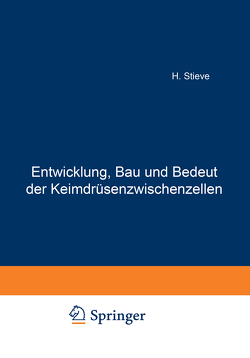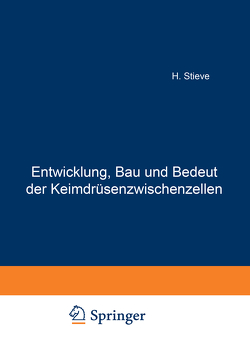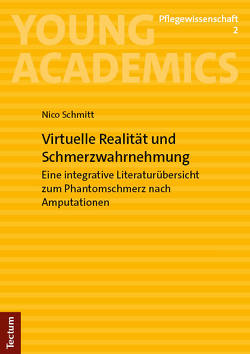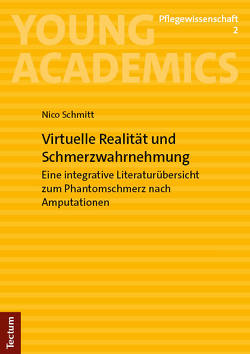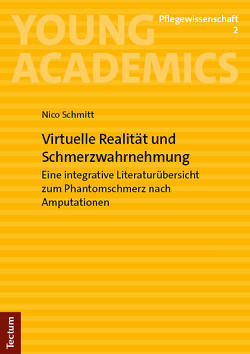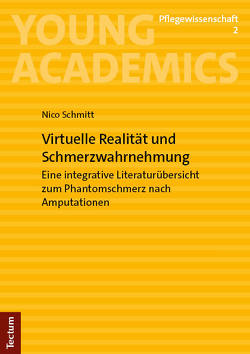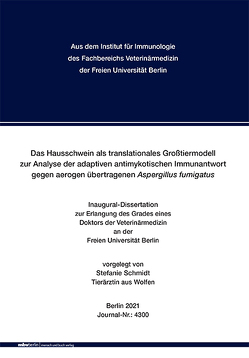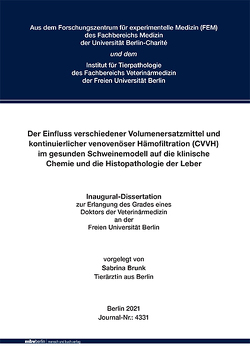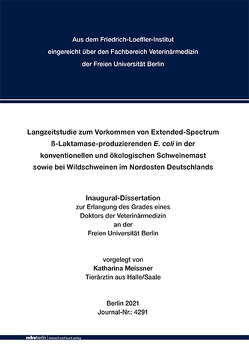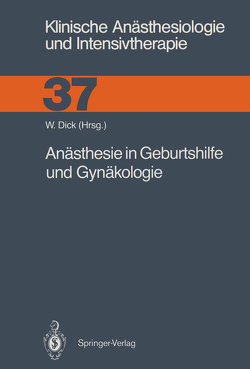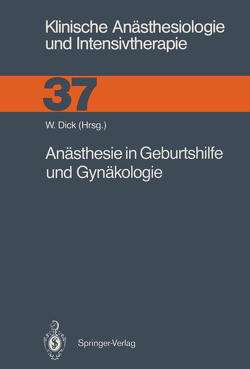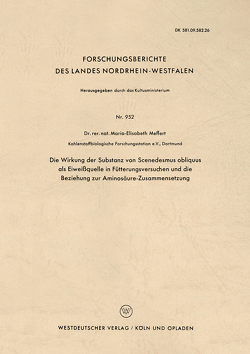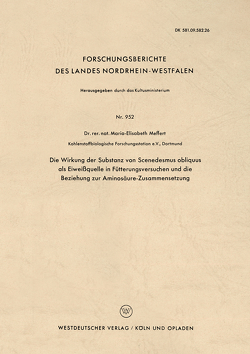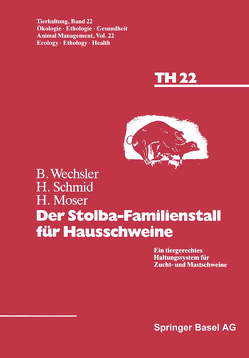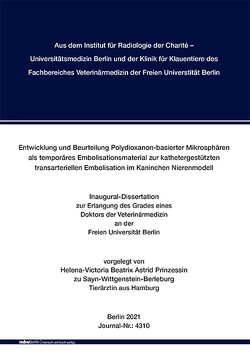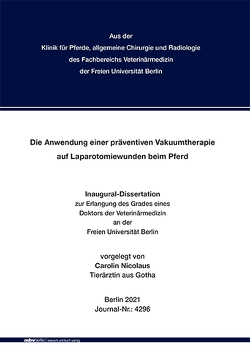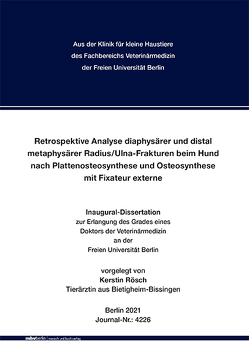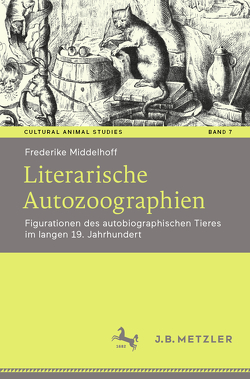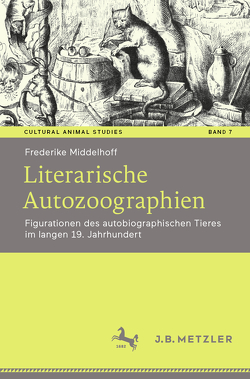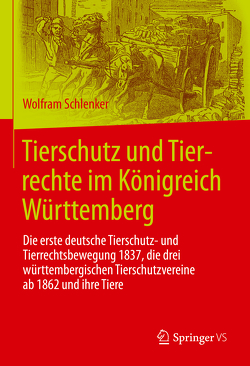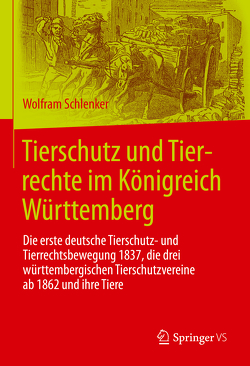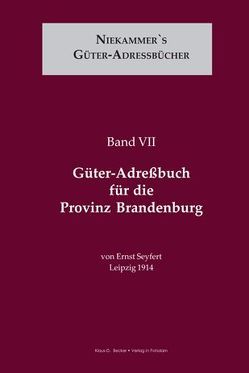Evaluierung der Herzfrequenzvariabilitätsmessung zur perioperativen Schmerzkontrolle bei Schweinen im Kastrationsmodell
Marlene Franziska Radeisen
Evaluation of heart rate variability measurement as perioperative pain control in castration model in pigs
Measurement of heart rate variability (HRV) is a non-invasive technique visualizing the functionality of the autonomic nervous system at the heart (von Borell 2007). HRV analysis is used besides various clinical applications of human and veterinary medicine in anesthesiology and pain research in pigs. For instance, the sympathovagal balance describing parameter LF/HF changes in pigs after tail biting (Zupan et al. 2012). Frequency-related parameters in pigs are equally affected by surgical manipulations during general anesthesia (Martin-Cancho et al. 2006).
HRV measurement in pigs has so far been conducted using invasive measurement methods in addition to non-invasive telemetric measurement methods in order to also perform measurements on non-restrained pigs. Telemetric measurements in pigs are achievable on the one hand by the means of telemetric ECG devices (Suzuki et al. 1998, Kuwahara et al. 1999, Kuwahara et al. 2004, Olmstead et al. 2005) or by telemetric chest strap systems primarily designed for humans (Marchant-Forde and Marchant-Forde 2004, Marchant-Forde et al. 2004, Düpjan et al. 2011, Zupan et al. 2012, Mahnhardt et al. 2014, Leliveld et al. 2016). The chest strap BioHarnessTM 3 utilized in this study (Zephyr Technology, Medtronic, Annapolis, USA; below called: BioHarness chest strap) has not yet been used on pigs before.
The aims of this study were to evaluate the BioHarness chest strap’s measurement accuracy with an established telemetric ECG device (Televet® 100, Engel Engineering GmbH, Heusenstamm, Germany; below called: Televet 100) and after assessing the suitability of the BioHarness chest strap, to determine whether HRV-analysis allows for a valid analgesia monitoring in the castration model. For this purpose, HRV parameters at the time of intraoperative pain reactions (based on a pain scoring) were compared with pre- and postoperative base values.
To evaluate the BioHarness chest strap in the pilot study, simultaneous measurements were carried out on five male rearing pigs (German Landrace/German Large White x Piétrain/Duroc; 28 – 58 kg) with the BioHarness chest strap and Televet 100.
For the HRV-analysis with the BioHarness chest strap in the main study, 30 male rearing pigs (genetics see above; 36 – 48 kg) were castrated for imminent fattening and slaughtering. One day before castration, the pigs in waking state were kept in temporary separate housing and recorded by BioHarness chest strap in their lying resting position. Castration at Regio Pubis was conducted under ketamine-azaperone general anesthesia customary in practice.
Each intraoperative step (measurements in parts of 3 minutes) was assessed with a pain scoring, where score 0 describes no defense reaction (surgical tolerance) and score 1 or higher the presence and intensity of defense reactions. 24 hours after surgery, HRV was recorded like one day before surgery and a clinical examination of pain symptoms was performed.
The evaluation of BioHarness chest strap resulted in a comparable measuring accuracy to the Televet 100 ECG-device. Results of the HRV analysis with the BioHarness chest strap related to intraoperative steps or manipulations compared to the base value before castration in main study were an increase of meanRR parameter and decrease of SDNN and RMSSD parameters. There was an increase of parameter LF (n.u.) and LF/HF that reflects sympathetic activity at the time of skin incision, incision of vaginal process and traction of spermatic cord. The mainly by vagal activity affected parameter HF (n.u.) decreased at the time of skin incision and incision of vaginal process. Pertaining to the pain scoring, there was a significant rise of LF (n.u.) when Score 1 to 3 occurred compared to surgical tolerance (Score 0). The parameters HF (n.u.) and LF/HF narrowly missed out the significance level (p < 0,05). Only two pigs had postoperative potentially pain-related symptoms (fever or wound irritation), so it is not possible to make a conclusive statement. In general, pigs tolerated the chest strap very well, species-specific habits of eating, resting and activity were not influenced by it.
In this study, it is recognizable that pain specific defense reactions correlate positively with LF, which is also described in the literature with intraoperative pain stimuli and other painful conditions in pigs (see above). Both somatic (skin incision) and visceral pain components (incision of vaginal process and traction of spermatic cord) influence LF (n.u.), HF (n.u.) and LF/HF parameters. For an effective and predictive management of analgesia, further studies should be conducted with a greater number of animals or number of data records establishing a threshold value for LF (n.u.) or possibly other parameters which allows for detecting pain due to decreasing anesthesia before the onset of defense reactions. Prospectively, the BioHarness chest strap could also be used to examine animal welfare impairments in other clinicals contexts or zootechnical interventions in pigs.
